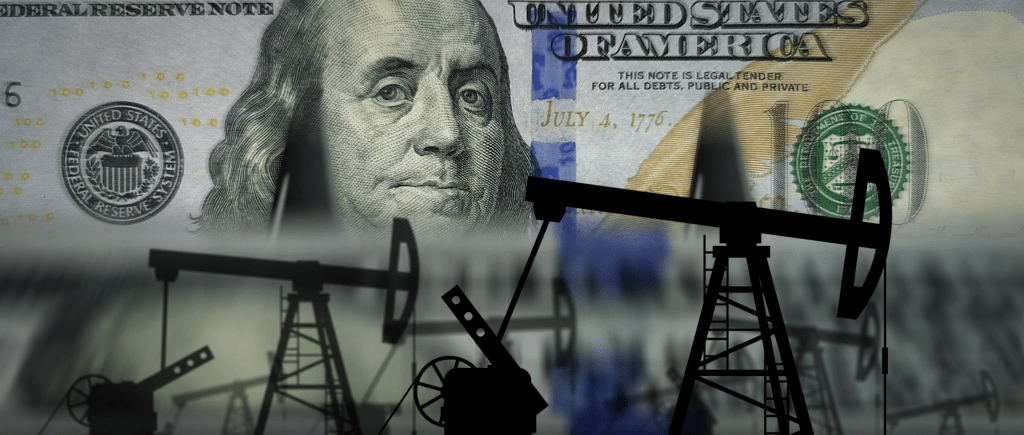Oil prices rebounded on Thursday after falling in the previous session, as dollar weakness restored some appetite for risky assets and OPEC+’s decision to continue production cuts helped quell oversupply fears.
By 0353 GMT, Brent crude futures rose 65 cents, or 0.8 percent, to $ 83.49 a barrel, while West Texas Intermediate crude futures rose 71 cents, or 0.9 percent, to $ 77.12 a barrel.
Both benchmarks fell more than 3 percent on Wednesday after data from the US government showed large increases in stocks of crude and oil products.
The Federal Reserve raised its target interest rate by a quarter of a percentage point on Wednesday, still promising a “continued increase” in borrowing costs in its unresolved battle against inflation.
“Inflation has eased somewhat, but remains elevated,” the US central bank said in a statement, acknowledging the progress made in bringing prices down from the 40-year highs hit last year.
The dollar index fell to a new nine-month low on Thursday on bets on easing monetary tightening. A weaker dollar makes oil priced in the greenback less expensive for holders of other currencies, boosting demand.
An OPEC+ committee endorsed the oil producers group’s current production policy during a meeting on Wednesday, leaving production cuts agreed last year in place amid hopes for higher Chinese demand and a hazy outlook for Russian supply.
OPEC+ agreed to cut its production target by 2 million barrels per day, or about 2 percent of global demand, from November last year until the end of 2023 to support the market.
Oil prices also rose amid an EU ban on refined Russian products that takes effect on Feb. 5.
Diplomats also said EU countries would seek agreement on Friday on the European Commission’s proposal to cap prices for Russian oil products, after a decision was delayed on Wednesday amid divisions among member states.
Last week, the Commission proposed that the European Union apply from February 5 a price cap of $100 a barrel on Russian oil products sold at a premium such as diesel, and a ceiling of $45 a barrel on products sold at a discount such as fuel oil.
 Noor Trends News, Technical Analysis, Educational Tools and Recommendations
Noor Trends News, Technical Analysis, Educational Tools and Recommendations





